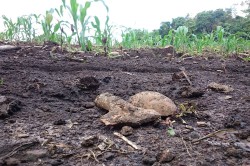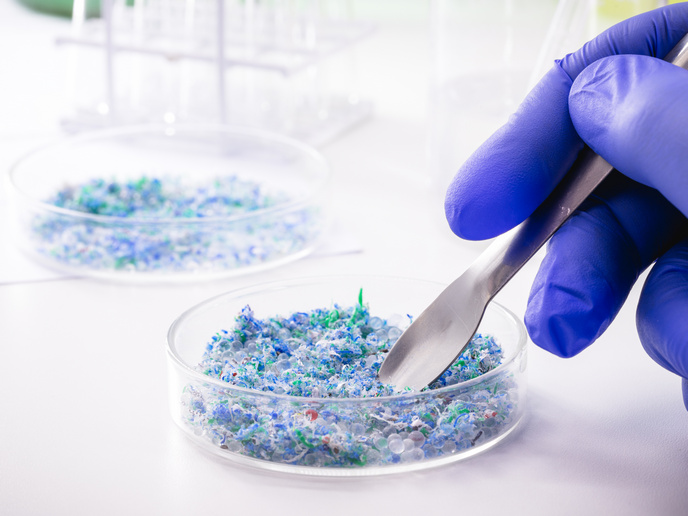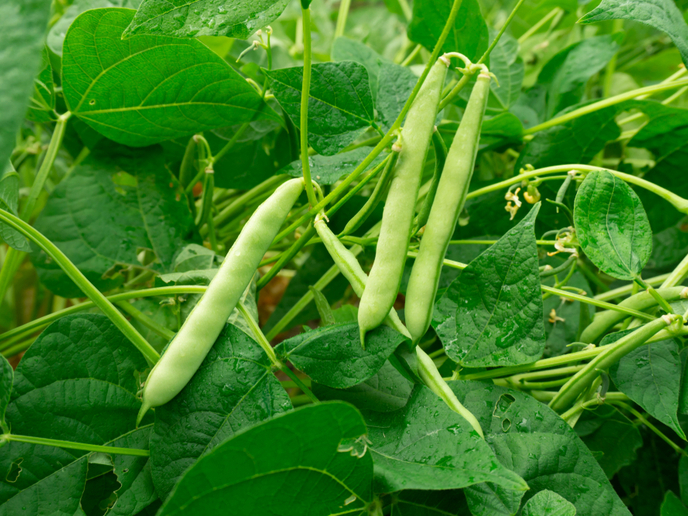Extreme bugs form UV-B-resistant biofilm
The high-altitude Andean Lakes (HAAL) in Argentina are found 3 000 to 6 000 m above sea level. The diverse microbes present in the lakes endure extreme conditions similar to those found in Earth's early atmosphere. Such impressive survival mechanisms could potentially be exploited for biotechnological applications. To this end, the EU-funded 'Screening and functional analyses of photoreceptors in extremophilic microbial communities' (EXTREMOPHIL) project was established. It aims to unravel the complex genetic and physiological systems of adaptation and UV resistance in a model organism, Acinetobacter sp. Ver3. Scientists used the Ver3 model to study the molecular biology of UV-B resistance, known as the UV-resistome. Molecular experiments highlighted the involvement of strong photo-induced DNA repair activity. Researchers are currently analysing the function of photoreceptors associated with this extraordinary ability. The UV-resistome of Ver3 also includes the formation of a biofilm regulated by blue-light photoreceptors. Research has shown that Ver3 is able to form a biofilm on synthetic surfaces, and that UV and arsenic boosts the expression of certain genes. Novel molecules could provide a platform for innovative biotech applications such as medicines, or for industrial application. The active DNA repair systems are already of special interest to scientists developing biomass for renewable energy production. Finally, the project hopes to recruit evolutionary biologists studying life in early habitats and to establish a programme to protect the biodiversity of HAAL.







